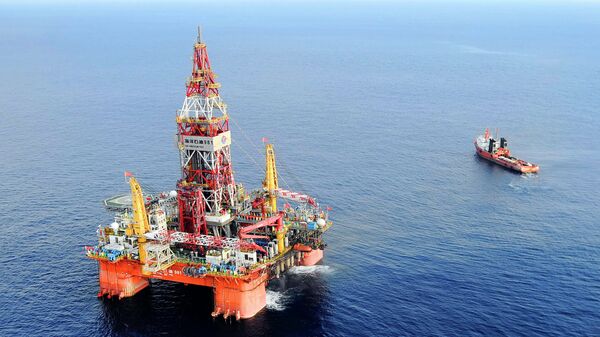According to the Chinese Science Ministry, the station will be located at a depth of more than 3 kilometers (9,800 feet) below the surface.
The goal is to help scientists hunt for minerals in the sea, Bloomberg said, not ruling out that Beijing may intend to use the platform for military purposes in the disputed waters.
The project was proposed in the framework of the five-year plan for the development of the economy, where it is ranked second in China's list of its top 100 scientific and technological priorities.
During the presentation of the project, the Chinese Science Ministry said, specifically, that becoming a technological superpower by 2030 remains one of the country's strategic goals.
According to China's National Statistics Bureau, Beijing managed to attract public and private investments worth more than 200 billion dollars for this project. At the same time, "total defense spending this year is projected by the government to increase 7.6 percent to 145 billion dollars," Bloomberg said.
Up to 10 percent of the world's ocean fish stocks are concentrated in the South China Sea, which is also home to large reserves of oil and natural gas.
At present, China claims more than 80 percent of the South China Sea, which, along with China constructing seven artificial islands in the area, has sparked additional tension in Beijing's relations with Vietnam and the Philippines.




